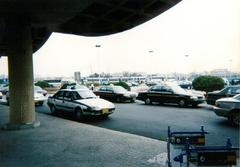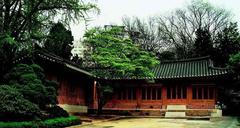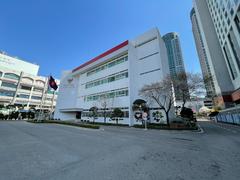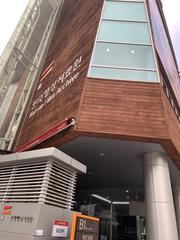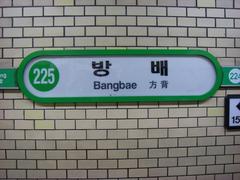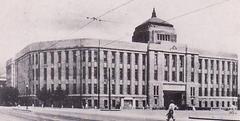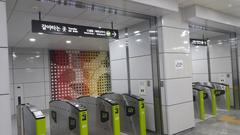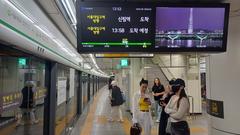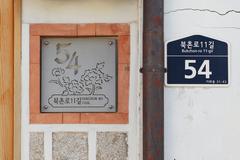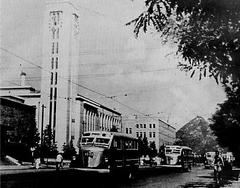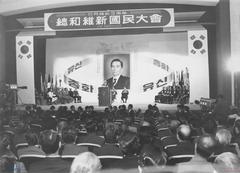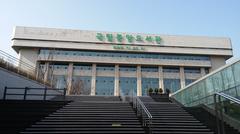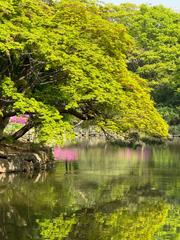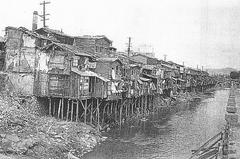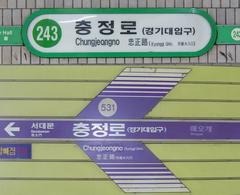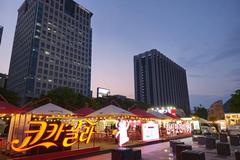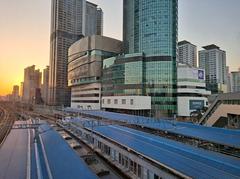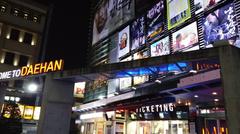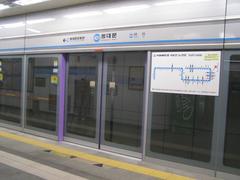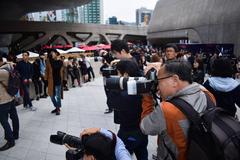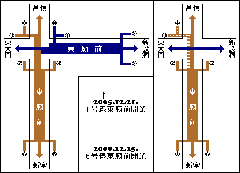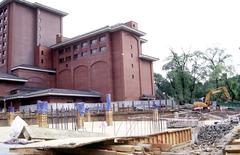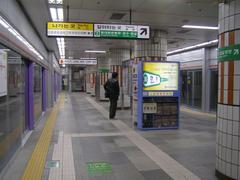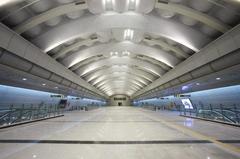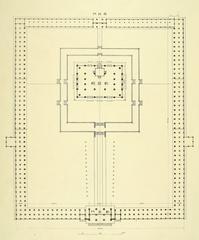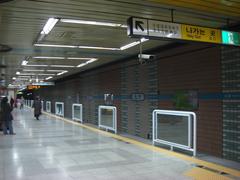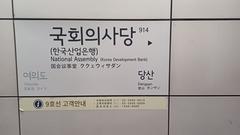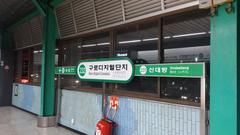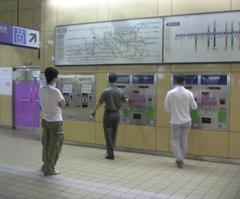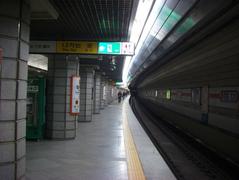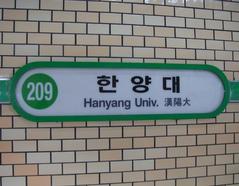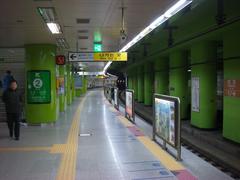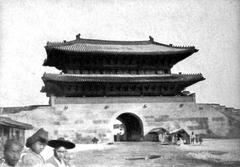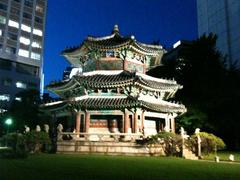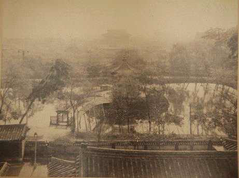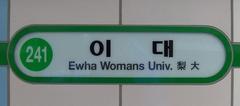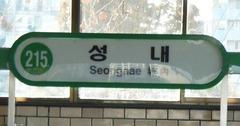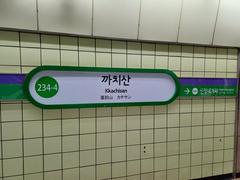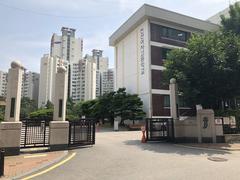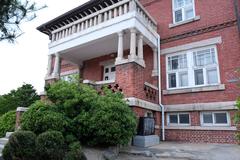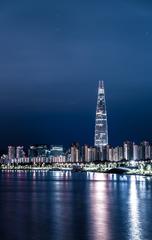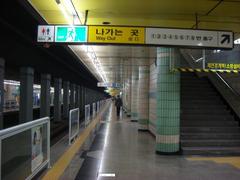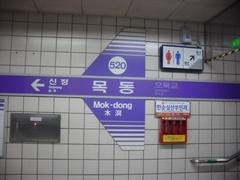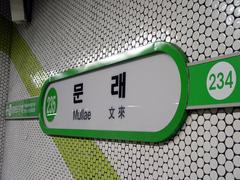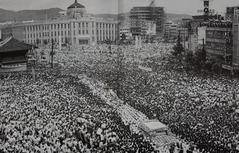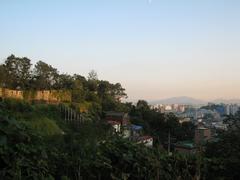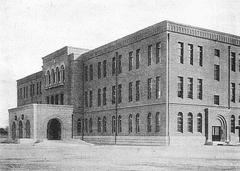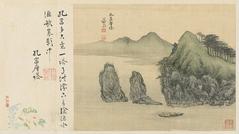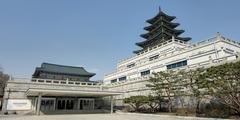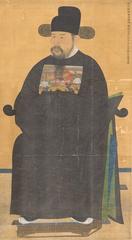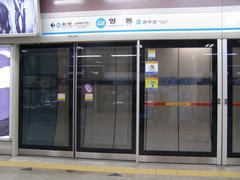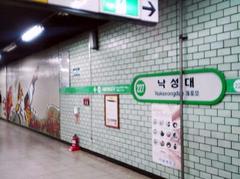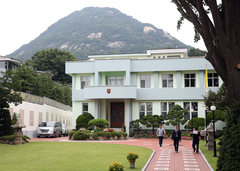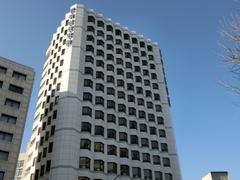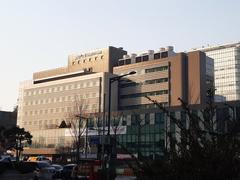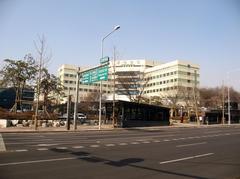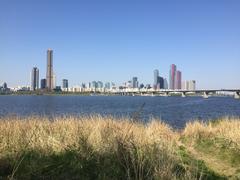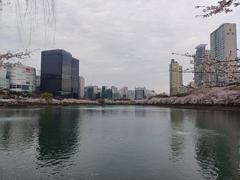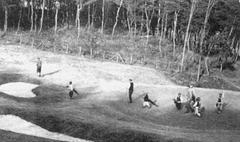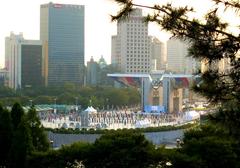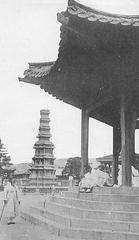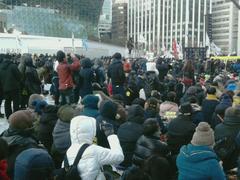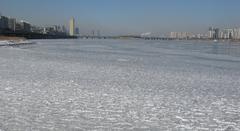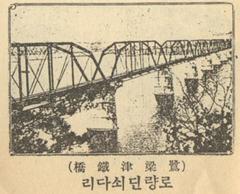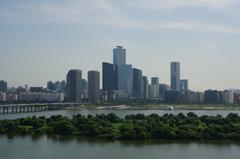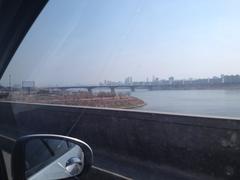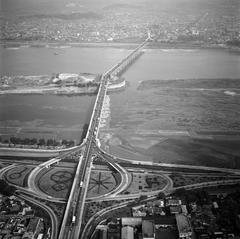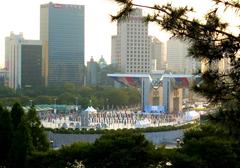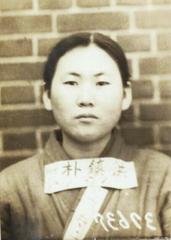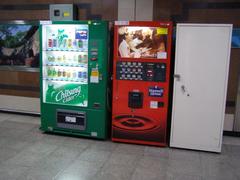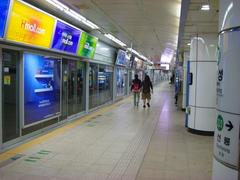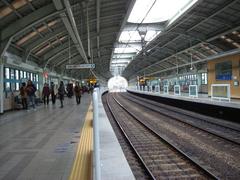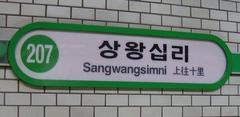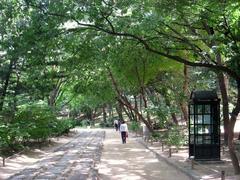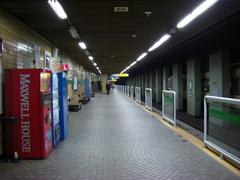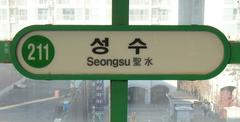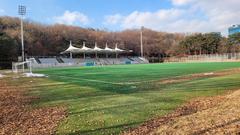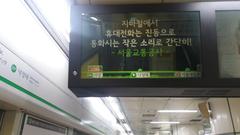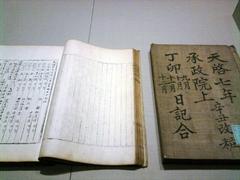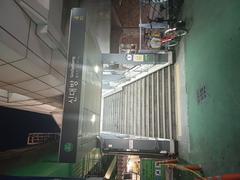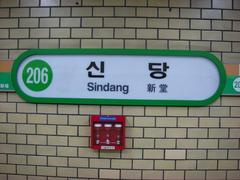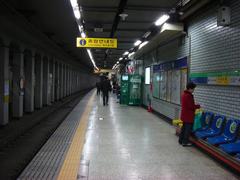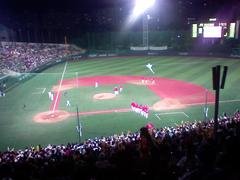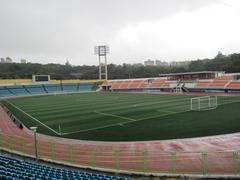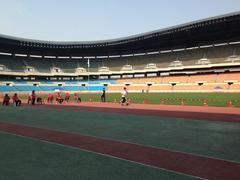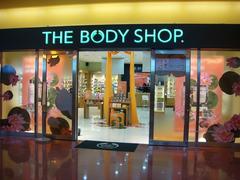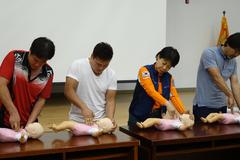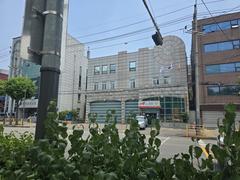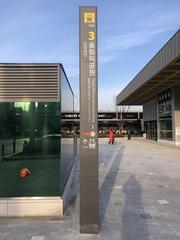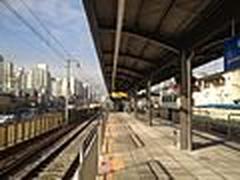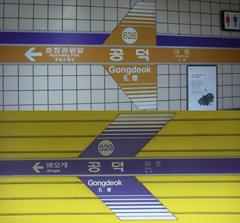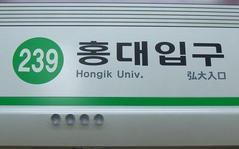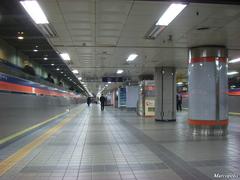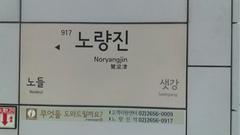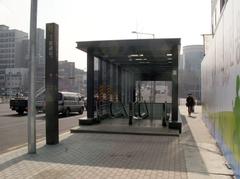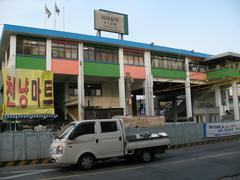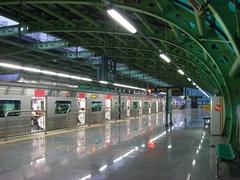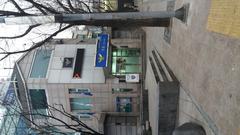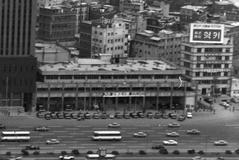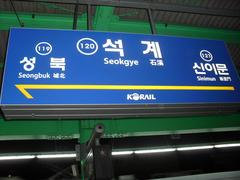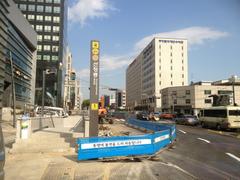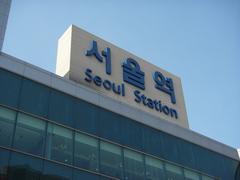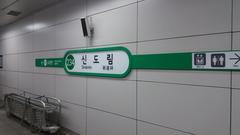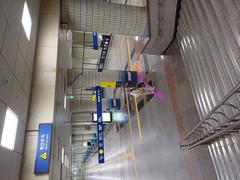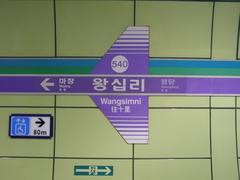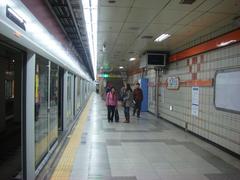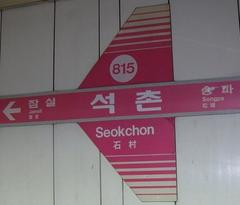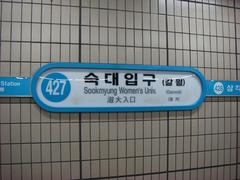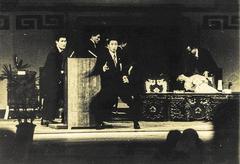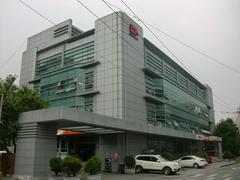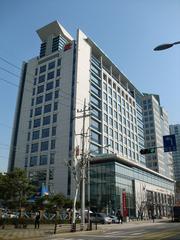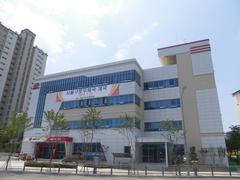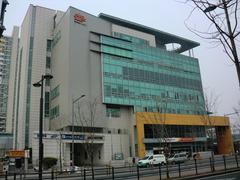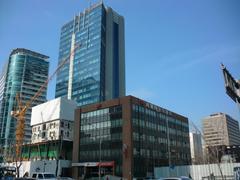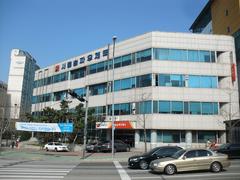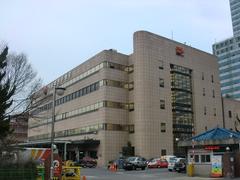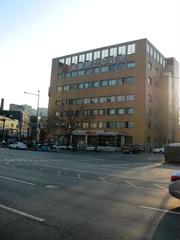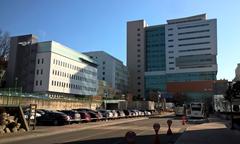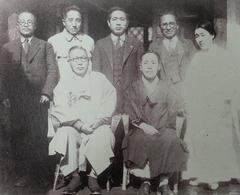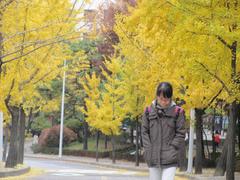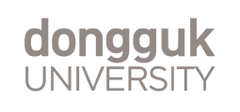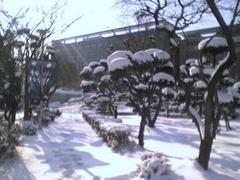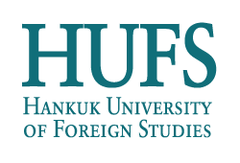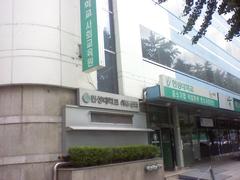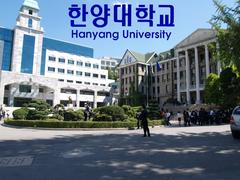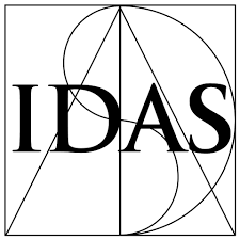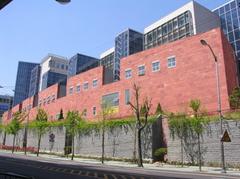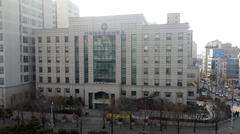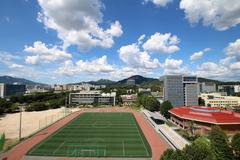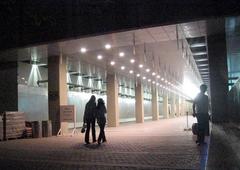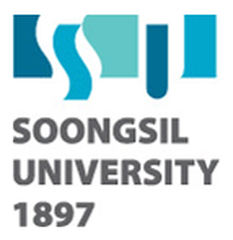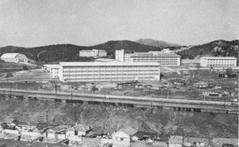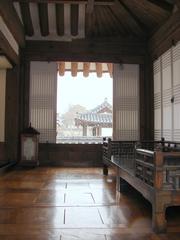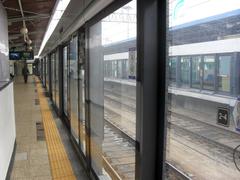Comprehensive Guide to Visiting 올림픽대교 (Olympic Bridge), Seoul, South Korea
Date: 01/08/2024
Introduction
올림픽대교 (Olympic Bridge) in Seoul, South Korea, is more than just a bridge; it is a symbol of the country’s rapid development and cultural significance. Built as part of the Han River Comprehensive Development Project, it commemorates the 1988 Summer Olympics, a seminal event that showcased South Korea’s modernization and growing global presence. Spanning 1,470 meters, this bridge stands as a testament to South Korea’s engineering prowess and ambition (Encykorea). Opened on November 15, 1989, after overcoming construction challenges, it connects Gwangjin and Songpa districts, alleviating traffic congestion and enhancing urban connectivity (Chosun History). The central pylon, standing at 88 meters, and the 24 pairs of cables symbolize the 1988 Olympics and the 24th Olympiad, respectively, embedding the event’s legacy in the bridge’s structure (Wikipedia). This guide provides comprehensive information about visiting the Olympic Bridge, including its history, architectural significance, visitor tips, and nearby attractions.
Table of Contents
- Introduction
- History of 올림픽대교 (Olympic Bridge)
- Visitor Information
- Travel Tips
- Nearby Attractions
- Technological Advancements
- FAQ
- Conclusion
Introduction
The Olympic Bridge, known as 올림픽대교 in Korean, stands as a testament to South Korea’s rapid modernization and ambition. Built to commemorate the 1988 Summer Olympics held in Seoul, this iconic structure is not only a marvel of engineering but also a significant cultural landmark. In this article, we’ll delve into the bridge’s history, provide practical visitor information, and offer travel tips to enhance your visit.
History of 올림픽대교 (Olympic Bridge)
Conception and Planning
The conception of 올림픽대교 was part of the broader Han River Comprehensive Development Project aimed at improving Seoul’s infrastructure and aesthetics. The bridge was specifically planned to commemorate the 1988 Summer Olympics, a pivotal event that significantly elevated South Korea’s international profile (Encykorea).
Design and Construction
Selected through a public design contest in April 1985, the winning design featured South Korea’s first cable-stayed bridge. Construction began in November 1985, managed by the firm 유원건설. The bridge spans 1,470 meters in length and 30 meters in width, with a central cable-stayed section of 300 meters (Chosun History).
Symbolism and Features
올림픽대교 is a symbol of South Korea’s achievements. The central pylon, standing at 88 meters, symbolizes the 1988 Olympics. Supported by four pillars representing fundamental elements, the bridge also features 24 pairs of cables symbolizing the 24th Olympiad (Encykorea).
Opening and Early Years
The bridge opened on November 15, 1989, after four years of construction, costing approximately 68.7 billion KRW. It played a crucial role in alleviating traffic congestion in Seoul’s eastern part (Chosun History).
Visitor Information
Visiting Hours
The Olympic Bridge is accessible throughout the day. However, for the best experience, visit during daylight hours to fully appreciate its architectural beauty and the surrounding scenery.
Tickets and Accessibility
There is no entrance fee to visit the Olympic Bridge. The bridge is accessible to pedestrians and cyclists, making it a convenient spot for leisurely strolls and bike rides. The surrounding areas are also wheelchair accessible.
Travel Tips
- Best Time to Visit: The bridge is particularly stunning during sunset when the light reflects off the Han River.
- Photography: Bring a camera to capture the picturesque views. The bridge’s design and skyline make for excellent photo opportunities.
- Local Cuisine: Try nearby local eateries to experience authentic Korean food.
Nearby Attractions
- Olympic Park: A large park built to commemorate the 1988 Olympics, offering various recreational activities and cultural events.
- Lotte World Tower: One of the tallest buildings in the world, offering stunning views of Seoul.
- Seoul Sky: An observation deck located in the Lotte World Tower, providing panoramic views of the city.
Technological Advancements
In 1997, a state-of-the-art monitoring system was installed on the Olympic Bridge to ensure its long-term safety and durability. This system includes sensors to detect structural anomalies, allowing for early maintenance (Encykorea).
FAQ
Are there any guided tours available?
Currently, there are no official guided tours of the bridge, but you can explore it on your own.
What is the best way to get to the Olympic Bridge?
The bridge is easily accessible by public transportation, including buses and subways. Check local transit maps for the best route.
Can I walk across the bridge?
Yes, the bridge is open to pedestrians and cyclists.
Conclusion
The Olympic Bridge is a remarkable example of South Korea’s engineering prowess and its journey towards modernization. From its conception as part of the Han River Comprehensive Development Project to its role in commemorating the 1988 Summer Olympics, the bridge encapsulates a significant period in South Korea’s history. Its continued use and maintenance ensure that it remains a vital and iconic part of Seoul’s infrastructure, symbolizing the nation’s enduring spirit and progress. Plan your visit today to experience this historical marvel firsthand.
References
- Encykorea, 2024, Article E0038883 (source)
- Chosun History, 2024, History List (source)
- Wikipedia, 2024, Olympic Bridge (source)
- In My Korea, 2024, Activities for Seoul (source)
- Asia Highlights, 2024, South Korea Weather in August (source)
- KoreaToDo, 2024, Olympic Park (source)
- Trek Zone, 2024, Olympic Park (source)
- Agoda, 2024, Seoul Park Music Festival (source)

